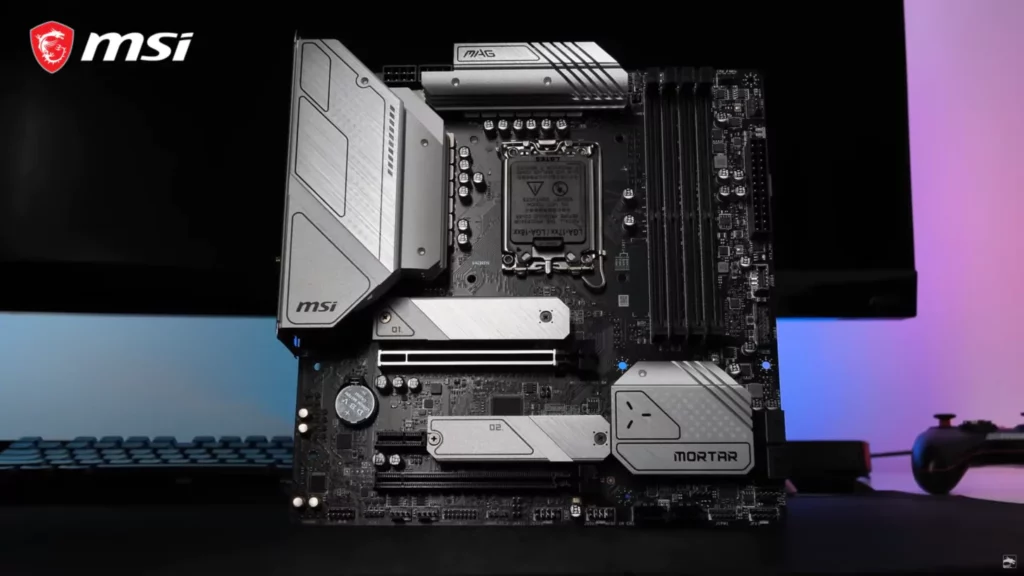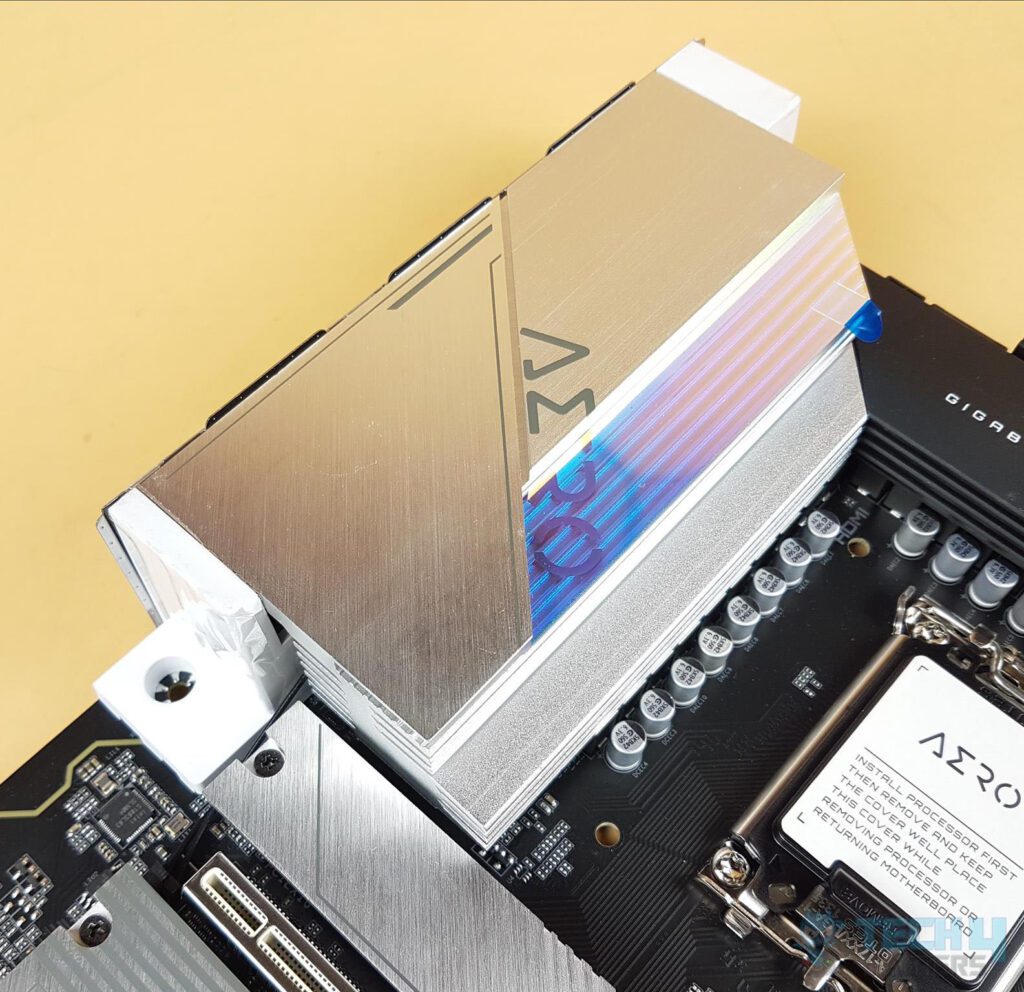It is predicted that Intel B760 motherboards will initially cost a little bit more than their B660 forerunners. With the 13th Gen Non-K & Ryzen 7000 Non-X CPU families, Intel and AMD will compete in the mass market. To draw gamers, both CPU lines will make the most of inexpensive motherboards. While Intel offers both B660 (DDR4 + DDR5) and the future B760 (DDR4 + DDR5) motherboards for gamers and general consumers, AMD only offers its B650 series, which is DDR5-only.

The Intel B760 motherboards would improve on the B660 motherboards with more features and IO, but they would cost a little more as well. All Intel B760 motherboards will witness a price hike of up to 10%, according to Asian Board Channels.
The majority of purchasing decisions will undoubtedly be impacted by this, but considering that AMD’s B650 motherboards are too expensive, Intel may have decided that by boosting the price, they can still offer products that are comparable with AMD’s.
Another concern is whether Intel can still compete with itself. The most desirable motherboard solutions in the B660 sector currently cost between $100 and $150 US. For the B760 board iterations, a 10% price increase would translate into a maximum $10–$15 US price increase. Even while there hasn’t been a significant price increase, for gamers on a tight budget, every dollar counts.

By the time Intel introduces its B760 motherboards, their current B660 range should already be on sale, and given that both 12th and 13th Gen CPUs are compatible with either of these motherboards, the majority of users will give up and choose less expensive B660 choices.
Also read:








